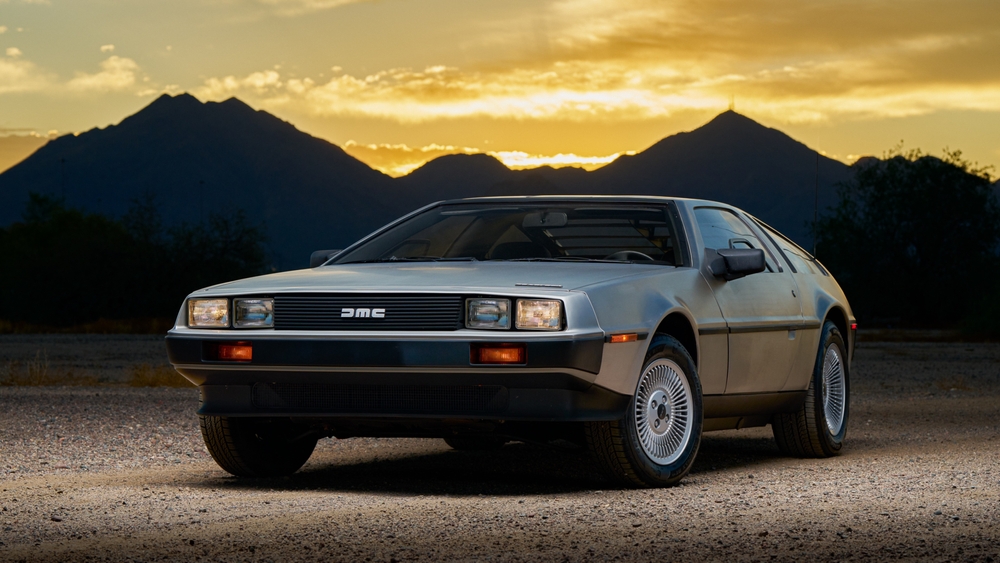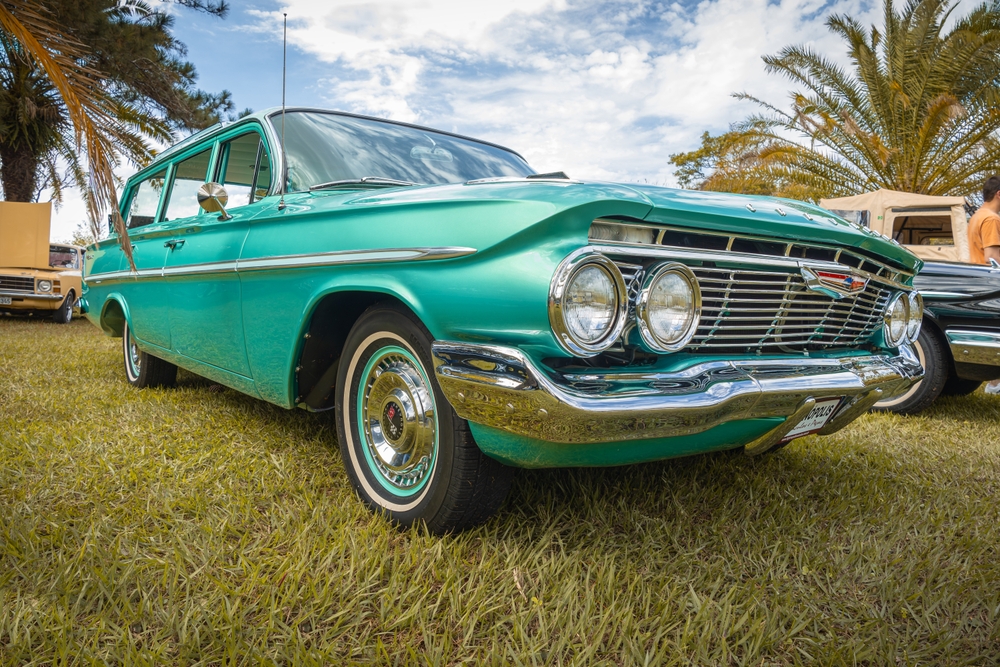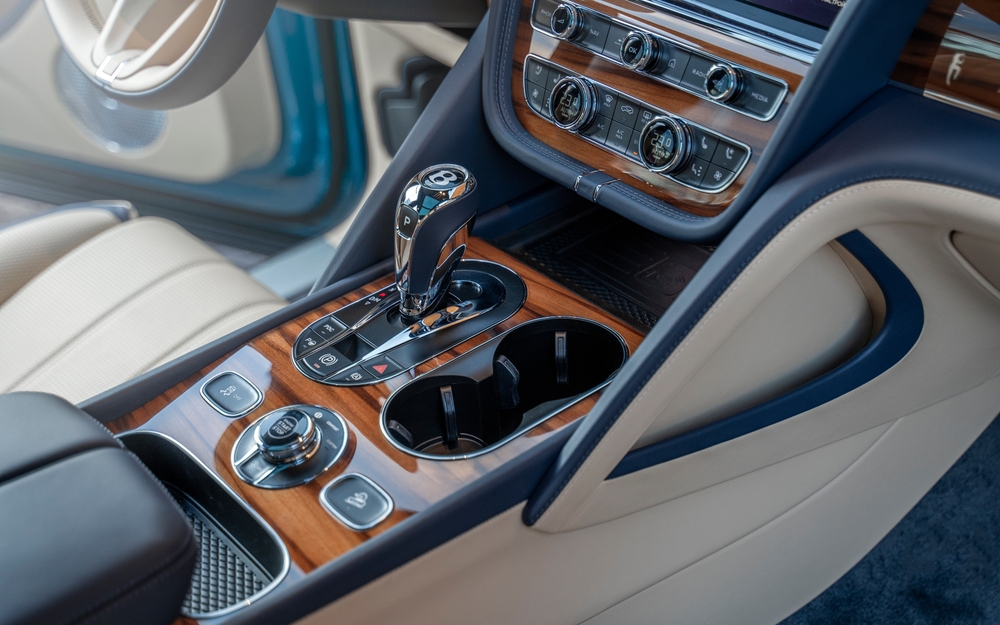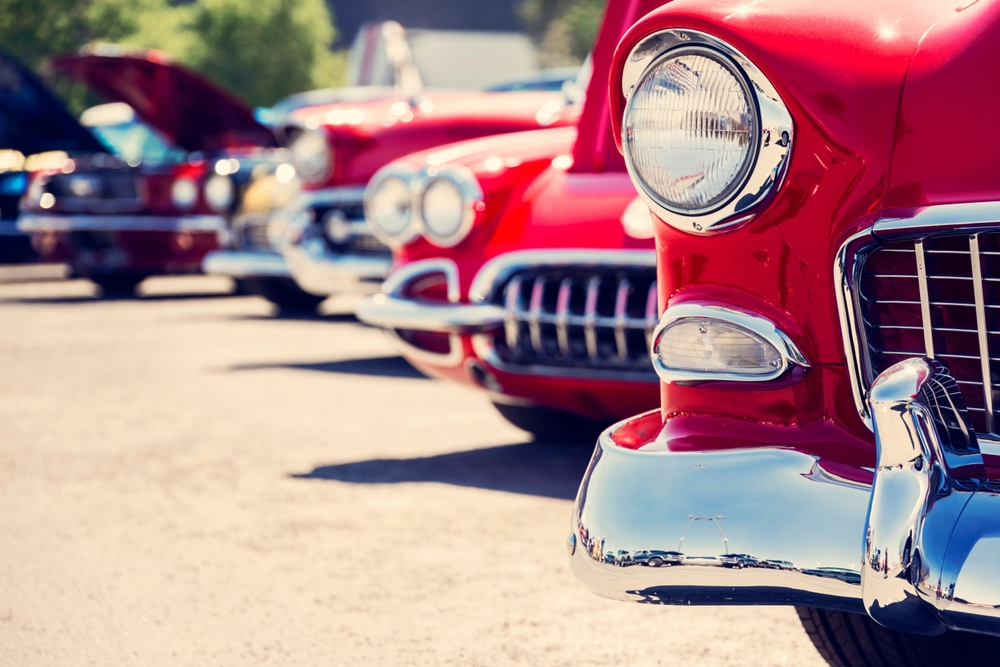In a world dominated by futuristic technologies and bold innovations, a surprising trend is emerging in automotive design: a return to classic influences. Modern vehicles are increasingly drawing inspiration from iconic designs of the past, blending timeless aesthetics with cutting-edge technology. This renaissance of automotive design not only pays homage to classic car culture but also redefines it for today’s discerning drivers. Explore how contemporary cars are incorporating classic elements to create a unique and nostalgic driving experience.
Retro Futurism: Blending Past and Future Aesthetics
Retro futurism is a design philosophy that combines nostalgic elements with futuristic technology. Modern vehicles inspired by this trend often feature design cues from mid-20th-century cars, such as streamlined shapes and chrome accents, integrated with contemporary technology like digital dashboards and advanced driver-assistance systems. This fusion creates a unique aesthetic that honors the past while embracing the future, appealing to both vintage enthusiasts and tech-savvy drivers.

Classic Design Elements: Reinterpreting Iconic Features
Automakers are reinterpreting classic design elements in modern cars, incorporating features like round headlamps, grid grilles, and sculpted fenders. These elements are adapted to fit contemporary safety standards and technological advancements, resulting in vehicles that evoke a sense of nostalgia while delivering the performance and efficiency of modern engineering. This approach allows manufacturers to connect with heritage enthusiasts while attracting new customers.
Vintage Color Palettes: Reviving Classic Paint Schemes
Vintage color palettes are making a comeback in modern automotive design, with classic hues like pastel blues, deep greens, and rich burgundies appearing on new models. These colors evoke the charm and elegance of classic cars while incorporating modern finishes and coatings for durability and gloss. By offering retro-inspired color options, automakers cater to customers seeking a nostalgic touch in their vehicles.
Modern Interpretations of Classic Interiors: Luxury Meets Nostalgia
Modern interpretations of classic car interiors blend vintage style with contemporary luxury. Features like retro-styled dials, leather upholstery with classic patterns, and wood trim are combined with advanced infotainment systems and ergonomic designs. This blend of old and new provides a driving environment that feels both sophisticated and familiar, enhancing the overall driving experience with a touch of nostalgia.

Iconic Car Profiles: Revamping Classic Silhouettes
Revamping classic car profiles is a popular trend, with new models embracing the distinctive silhouettes of iconic vehicles from the past. For example, modern cars may feature the flowing lines and rounded shapes reminiscent of classic coupes or sedans. These profiles are updated with aerodynamic improvements and modern materials, creating vehicles that honor their ancestors while meeting contemporary performance standards.
Retro-Inspired Technology: Classic Design with Modern Functionality
Retro-inspired technology integrates classic design aesthetics with modern functionality. This includes features like analog-style gauges with digital readouts, vintage-themed infotainment systems, and classic toggle switches with contemporary technology. By blending traditional design elements with cutting-edge technology, automakers offer a driving experience that combines nostalgia with convenience and performance.
Heritage Editions: Celebrating Classic Models
Heritage editions are special variants of modern vehicles that pay tribute to classic models. These editions often feature design elements, color schemes, and badges inspired by historic cars, along with modern updates to improve safety and performance. Heritage editions celebrate a brand’s legacy and offer enthusiasts a chance to own a piece of automotive history with the benefits of contemporary engineering.

Nostalgic Branding: Embracing Classic Logos and Typography
Nostalgic branding involves incorporating classic logos, typography, and emblems into modern car designs. By reviving historical brand elements, automakers create a sense of continuity and connection with the past. This approach not only appeals to long-time fans of the brand but also enhances the vehicle’s identity and market appeal by highlighting its rich heritage.
Retro Performance Upgrades: Enhancing Classic Driving Dynamics
Retro performance upgrades involve modernizing the driving dynamics of classic-inspired vehicles while preserving their nostalgic feel. This includes improving suspension systems, updating engine technology, and integrating modern drivetrains to enhance handling and performance. By blending classic driving sensations with contemporary advancements, these upgrades offer a driving experience that is both thrilling and nostalgic.
Classic-Inspired Accessories: Adding Vintage Flair
Classic-inspired accessories add a touch of vintage flair to modern vehicles. These accessories include retro-style gear shifters, classic steering wheels, and vintage-inspired floor mats. By offering these options, automakers allow customers to personalize their vehicles with nostalgic touches that enhance the overall aesthetic and driving experience.

Reimagining Classic Sports Cars: Modern Performance Meets Timeless Design
Reimagining classic sports cars involves updating iconic models with modern technology and performance enhancements while retaining their timeless design elements. This includes integrating advanced suspension systems, turbocharged engines, and modern safety features into classic sports car profiles. By doing so, manufacturers create vehicles that capture the essence of classic sports cars while delivering contemporary performance and comfort.
Conclusion
The renaissance of automotive design is bridging the gap between classic and modern, creating a unique fusion that celebrates the past while embracing the future. From retro futurism and vintage color palettes to modern interpretations of classic interiors and performance upgrades, this trend is reshaping how we view and experience automotive design. As manufacturers continue to draw inspiration from iconic models and historical design elements, the result is a new generation of vehicles that honor automotive heritage while offering the latest advancements in technology and performance.

